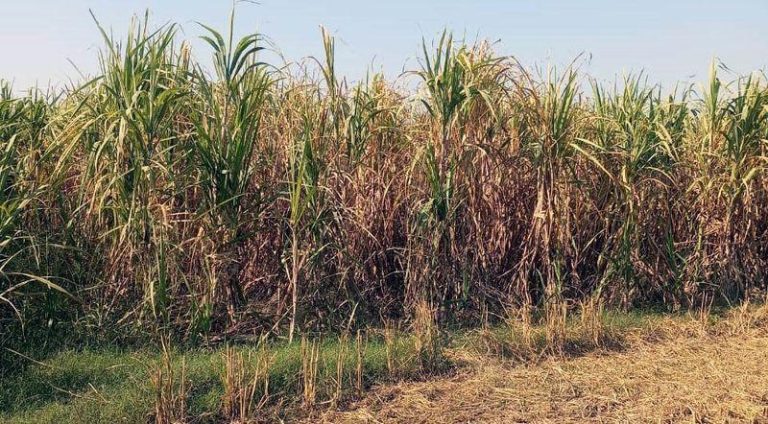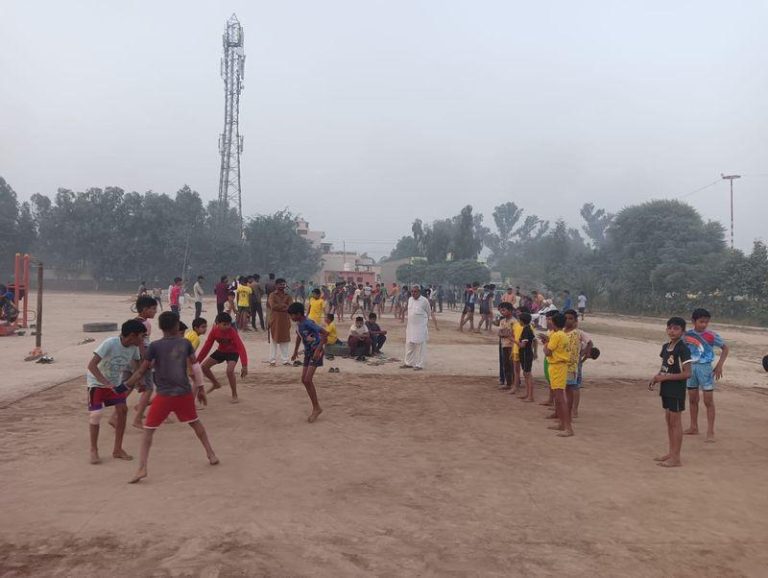
What did J&K locals arrested for housing Pahalgam terrorists tell government?
On April 25, Union Home Minister Amit Shah made a shocking revelation in the Lok Sabha, stating that two Jammu and Kashmir (J&K) locals, arrested for housing terrorists involved in the Pahalgam attack, had given crucial information to the government about the perpetrators. According to Shah, the arrested individuals revealed that the terrorists had arrived at their hut, located 2 kilometers from the Baisaran Valley, on April 21.
The shocking details provided by the arrested individuals raise several questions about the nature of the attack, the level of involvement of the locals, and the government’s response to the crisis. In this blog post, we will delve deeper into the matter and examine the implications of the Home Minister’s statement.
Background of the Pahalgam Attack
On April 12, 2020, a group of terrorists attacked a tourist bus in Pahalgam, Kashmir, leaving one person dead and several others injured. The attack sent shockwaves across the country, with many questioning the security measures in place to protect tourists and locals alike.
Arrests and Revelations
The investigation into the attack led to the arrest of two J&K locals, who were found to have provided shelter to the terrorists involved in the attack. According to Home Minister Amit Shah, the arrested individuals revealed that the terrorists had arrived at their hut on April 21, bearing AK-47 and M9 Carbine rifles. Two of the terrorists were dressed in black outfits, Shah said.
The arrested individuals also provided details about the terrorists’ activities while they were at the hut. According to Shah, the terrorists had eaten and drunk tea, and had taken some food, salt, chillies, and masalas with them when they left. The revelation raises questions about the extent of the locals’ knowledge about the terrorists’ plans and their willingness to provide shelter to them.
Implications of the Revelations
The revelations made by the arrested individuals have significant implications for the security situation in J&K. The fact that the terrorists were able to find shelter in a local’s hut, just 2 kilometers from the Baisaran Valley, highlights the need for stronger security measures in place to prevent such attacks in the future.
The involvement of locals in providing shelter to terrorists also raises concerns about the level of support the terrorists may have received from the community. The fact that the terrorists were able to operate in the area undetected for several days suggests that there may be a larger network of sympathizers or collaborators who are providing support to the terrorists.
Government Response
The government’s response to the revelations has been swift and decisive. The arrested individuals have been charged with providing shelter to terrorists and are currently being investigated by the authorities. The government has also announced a series of measures to strengthen security in the region, including increased patrols and surveillance in tourist areas.
Conclusion
The revelations made by the arrested individuals in the Pahalgam attack case have raised serious concerns about the security situation in J&K. The fact that terrorists were able to find shelter in a local’s hut, just 2 kilometers from the Baisaran Valley, highlights the need for stronger security measures in place to prevent such attacks in the future.
The involvement of locals in providing shelter to terrorists also raises concerns about the level of support the terrorists may have received from the community. The government’s response to the revelations has been swift and decisive, with the arrested individuals being charged with providing shelter to terrorists and the government announcing a series of measures to strengthen security in the region.
As the investigation into the attack continues, it is essential that the government takes a comprehensive approach to addressing the security concerns in J&K. This includes strengthening security measures, increasing intelligence gathering, and working to build trust with the local community.
Source






